Liar’s Bar is a particularly innovative game, all built from some of the simplest game mechanics around. It’s left mostly to be a mind game, which does a lot to keep all of it fresh, without requiring the developer to keep iterating upon it update after update.
There are two primary game modes available in Liar’s Bar, with some variations inside of them. One of those modes is called Liar’s Deck, and is played with a portion of a deck of cards. There are three different variations of this game mode, each ramping up in complexity and difficulty upon the basic mechanics.
A Basic Game Of Liar’s Deck
Every game of Liar’s Deck is based upon these basic mechanics, with their own variations upon them.
The Deck
A deck is comprised of 20 cards, split between:
- Six Aces
- Six Kings
- Six Queens
- Two Jokers
Each player is going to be dealt five cards each, meaning a full game of four players is going to be holding the entire deck at the start of the game.
The Beginning Of A Round
At the beginning of the round, each player is dealt five cards, and one card type, either an Ace, King, or Queen is declared the card of the table. From there, one player is selected to go first.
Playing Your Cards
On a player’s turn, they select a certain number of cards to put in the middle of the table face-down. Doing this declares that each card you placed down is whatever variety of card that the card of the table is. The player that goes next can either play their own cards after you, or declare you a liar.
Joker’s are always whatever the value of the card of the table is. For example, if it’s an Ace’s table, then a Joker has the value of an Ace. That means there are always eight possible cards that are truths, and twelve possible cards that are lies.
Declaring A Player A Liar
If a player declares the previous player a liar, then the player who was accused has their last play revealed.
- If they were truthful and every card that they played was the card of the table or a Joker, they win that declaration, and the player that accused them must play roulette.
- If they lied, and one or more of their cards were a different card type, they lose the declaration, and they must play roulette.
Playing Roulette
Each player has a revolver, where one of six chambers has a live round in it. If a player is forced to play roulette, they must point the revolver at their own head, and pull the trigger. The odds of it being a live round increase each time the trigger is pulled, until the final trigger pull, the sixth, is guaranteed death.
|
Trigger Pull |
Odds Of Survival |
|---|---|
|
1 |
>16% |
|
2 |
20% |
|
3 |
25% |
|
4 |
>33% |
|
5 |
50% |
|
6 |
100% |
Once a player has died, they’re out of the game. They are skipped in the turn order, and the game continues as normal.
The End Of The Game
The game ends when the second to last player loses a roulette. This usually occurs naturally by one player declaring another a liar, but if all cards end up getting played, the last card will automatically be declared a lie by the other player.
Liar’s Deck: How To Play Devil Mode
Devil Mode is primarily played the same way as the basic mode, with one extra mechanic thrown in: the Devil card.
What Is The Devil Card?
One card in the deck, a card that matches the table’s card, is transformed into the Devil Card. The Devil Card acts as a card that matches the table, but can only be played on its own, meaning if you play the Devil Card, you’ll always be playing a single card.
What Does The Devil Card Do?
If another player accuses you of lying when you play the Devil Card, it’s punishing for both that player and the rest of the table. Instead of simply the player that was wrong playing roulette, every player must play roulette at the same time, apart from the player that played the card.
Liar’s Deck: How To Play Chaos Mode
Chaos Mode changes quite a few basic mechanics of Liar’s Deck. For starters, a deck in Chaos Mode contains only 12 cards:
- Five Kings
- Five Queens
- One Chaos
- One Master
Each player is only dealt three cards instead of five, and you can only ever play one card per turn.
On top of that, it changes how the roulette mechanic works. Instead of players shooting themselves with their own revolver, the player that exposes a bluff gets to point their gun at any player they would like, and pull the trigger. The same odds apply.
- The Master Card – If someone calls a bluff on a Master Card, the player who played the Master Card gets to shoot one player to point their gun and pull the trigger at.
- The Chaos Card – If someone calls a bluff on the Chaos Card, every player gets to point their gun at a player of their choice and pull the trigger.
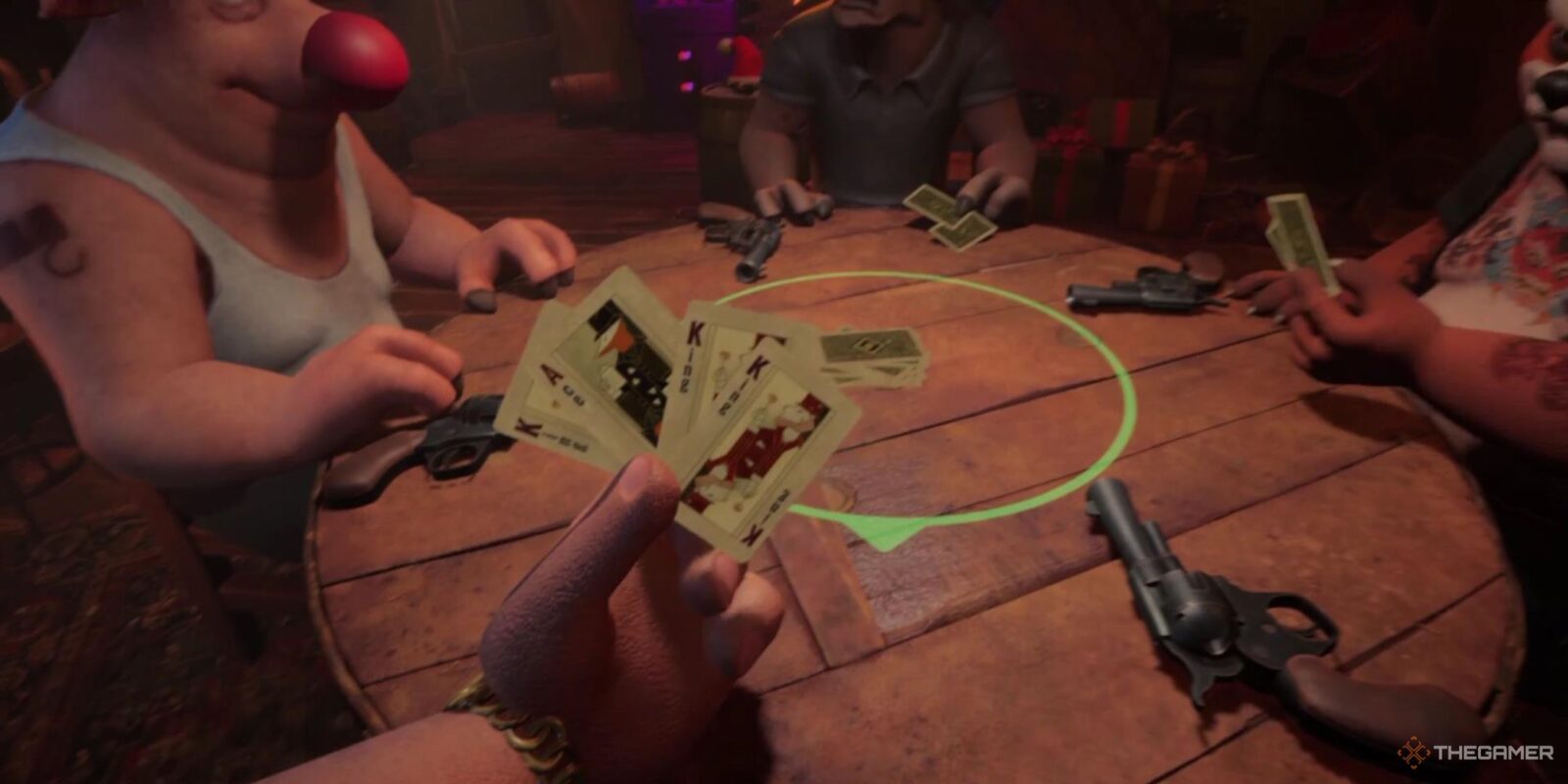



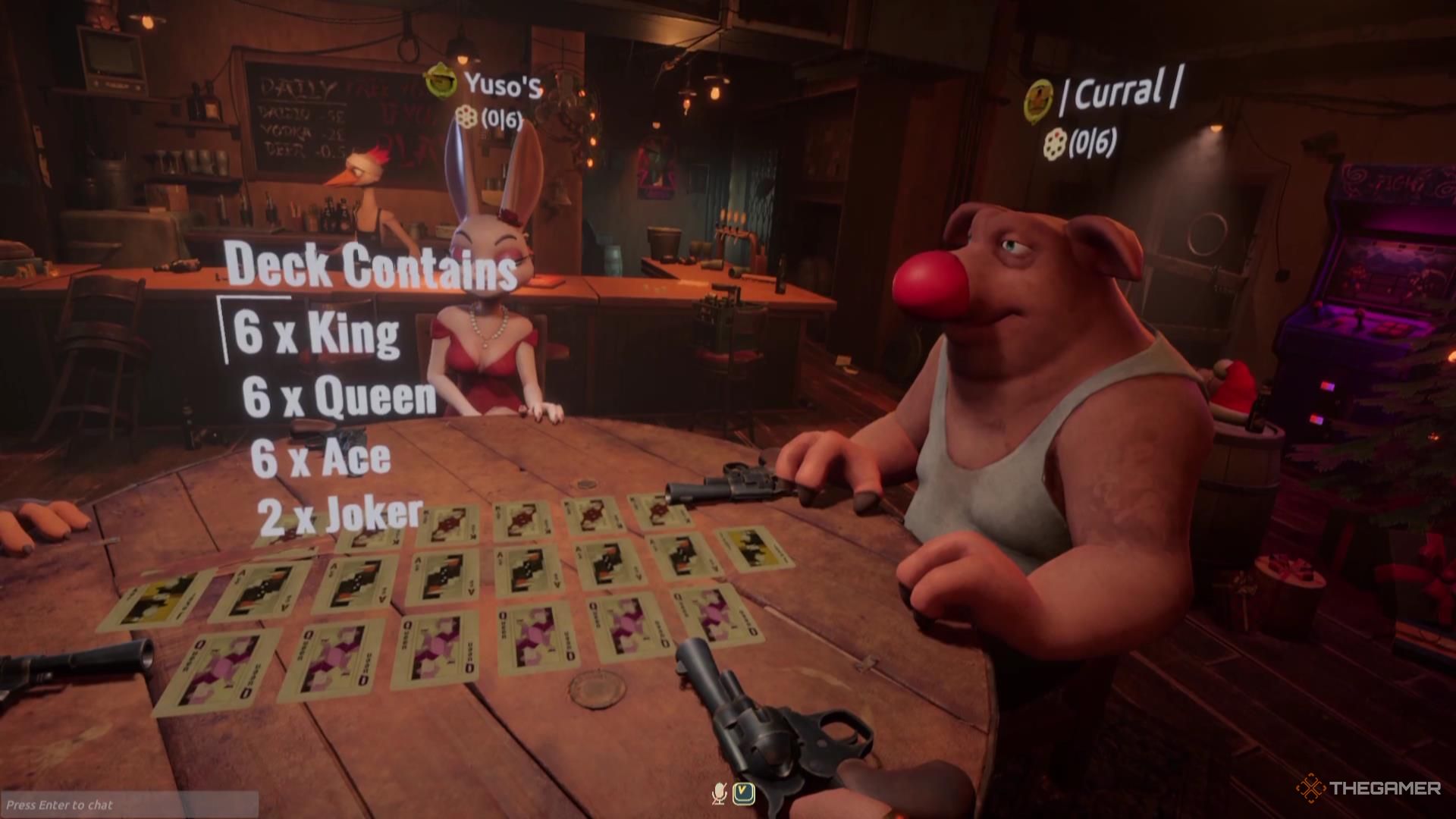
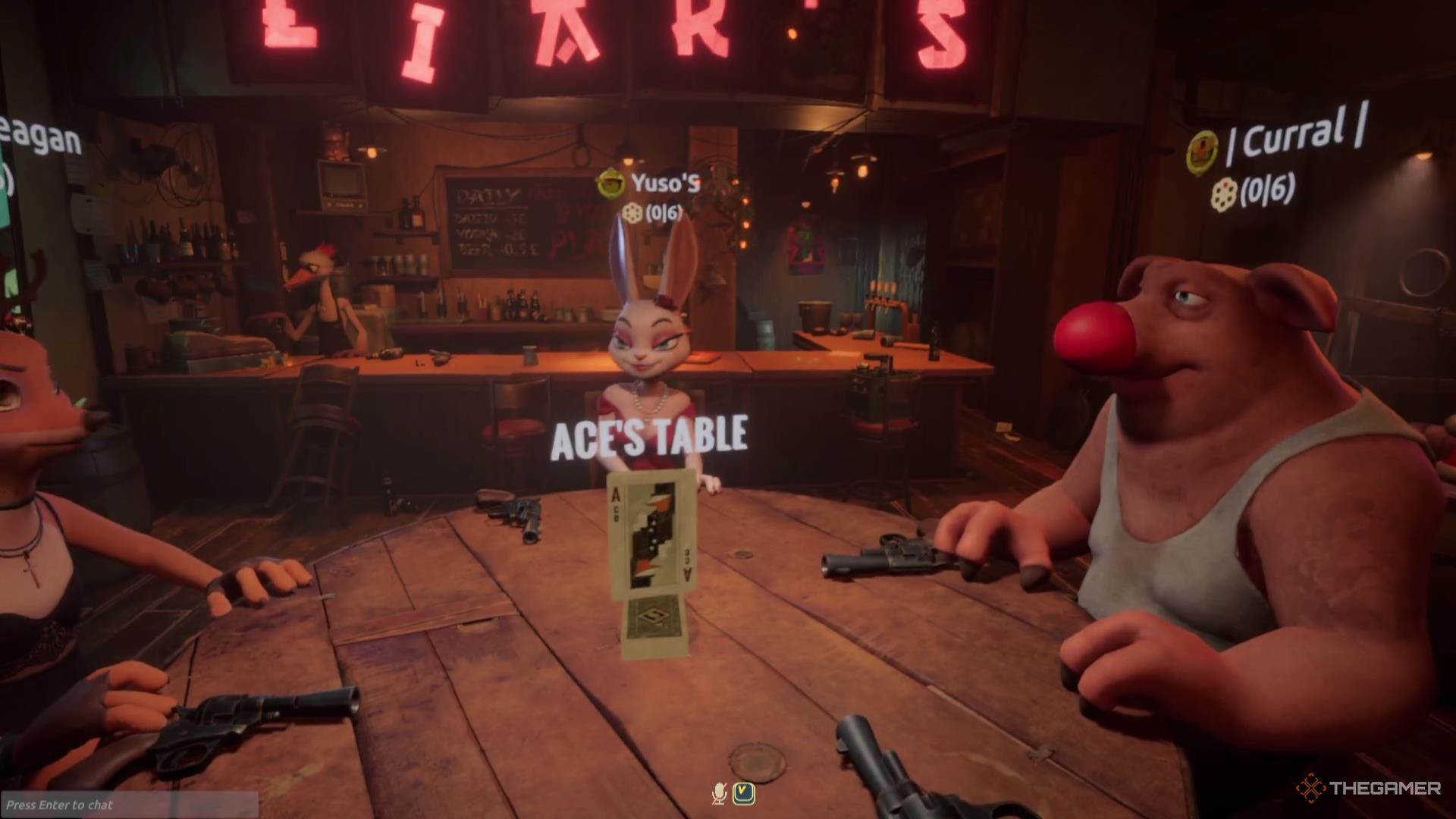
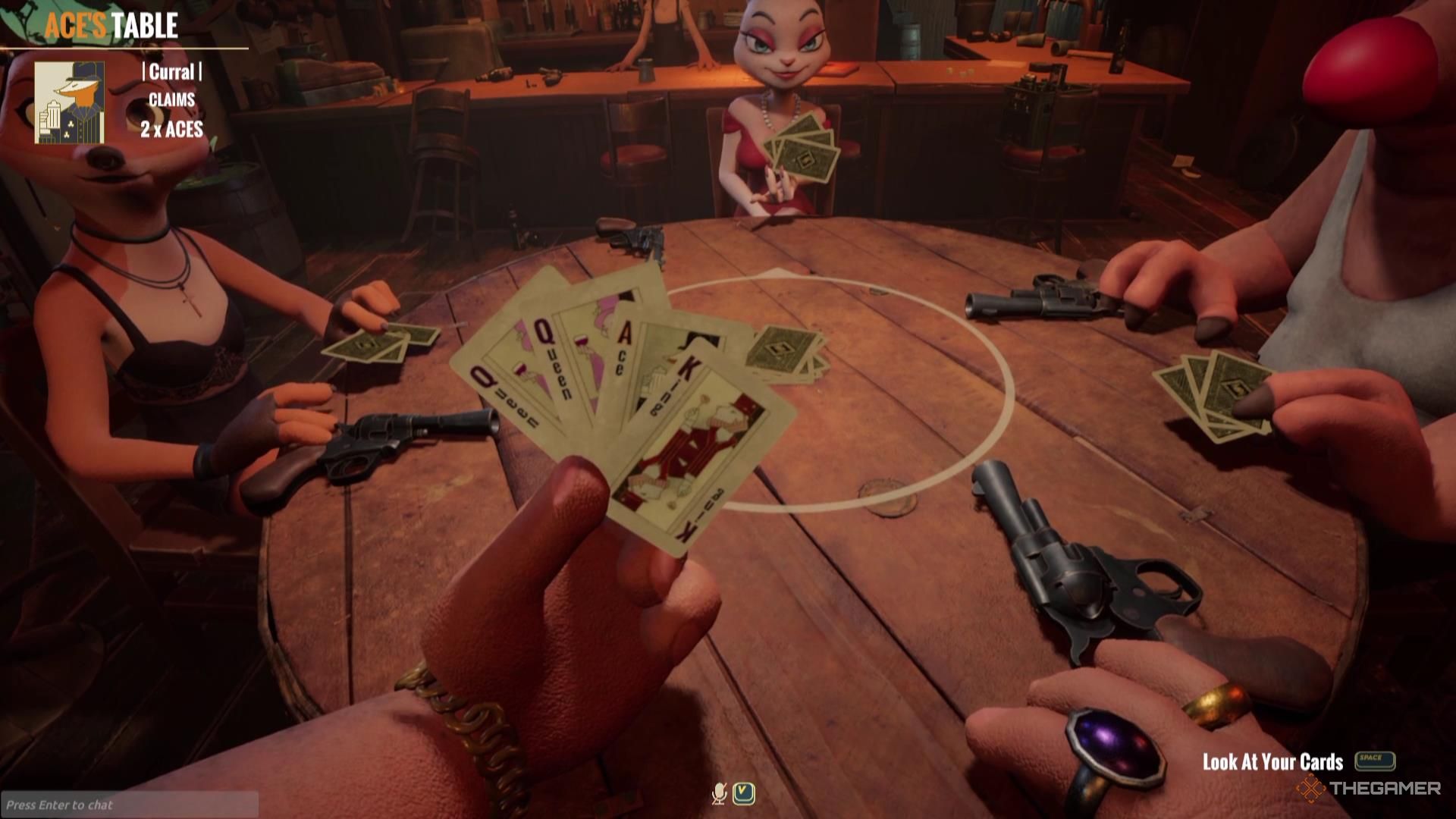
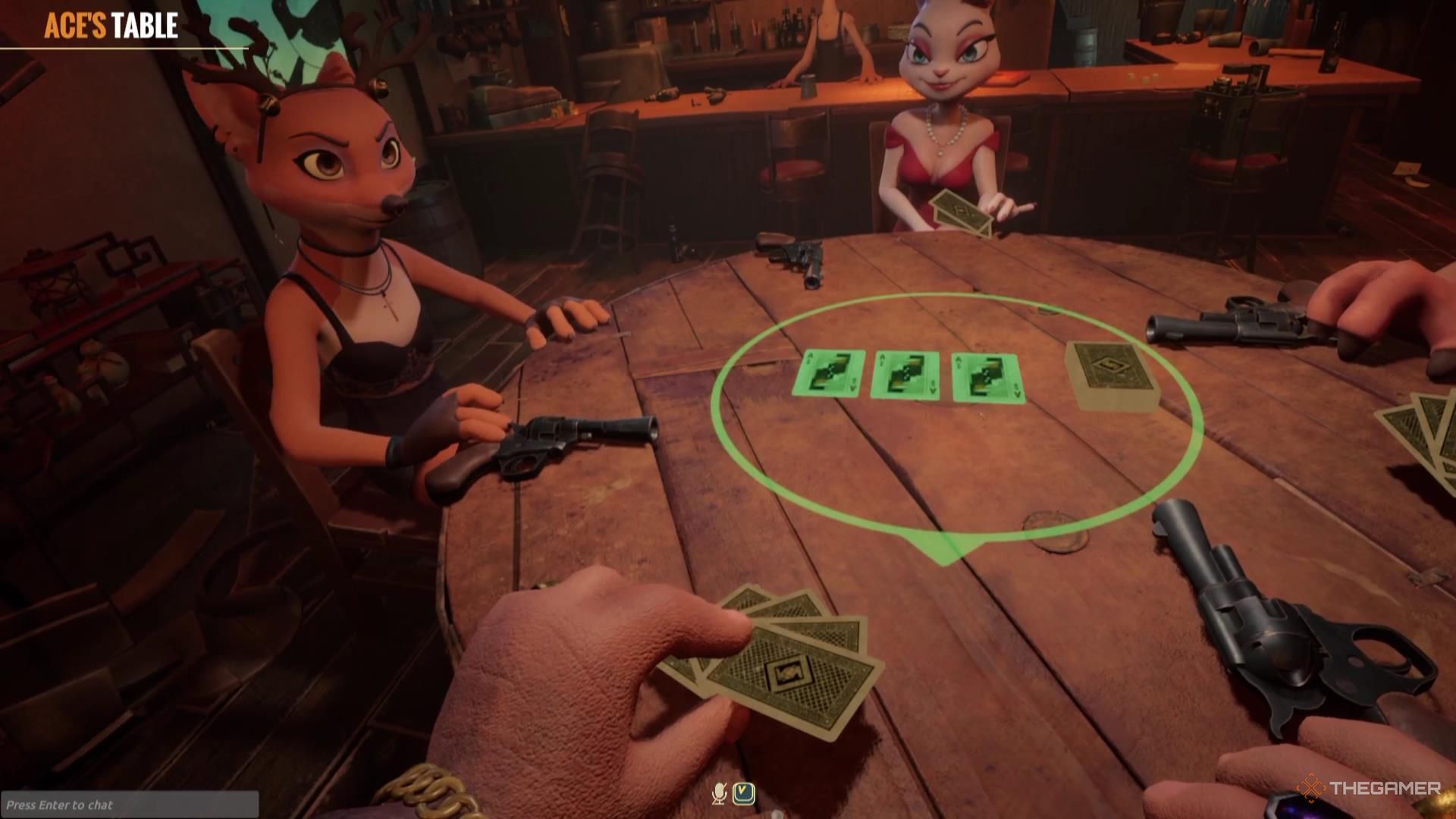
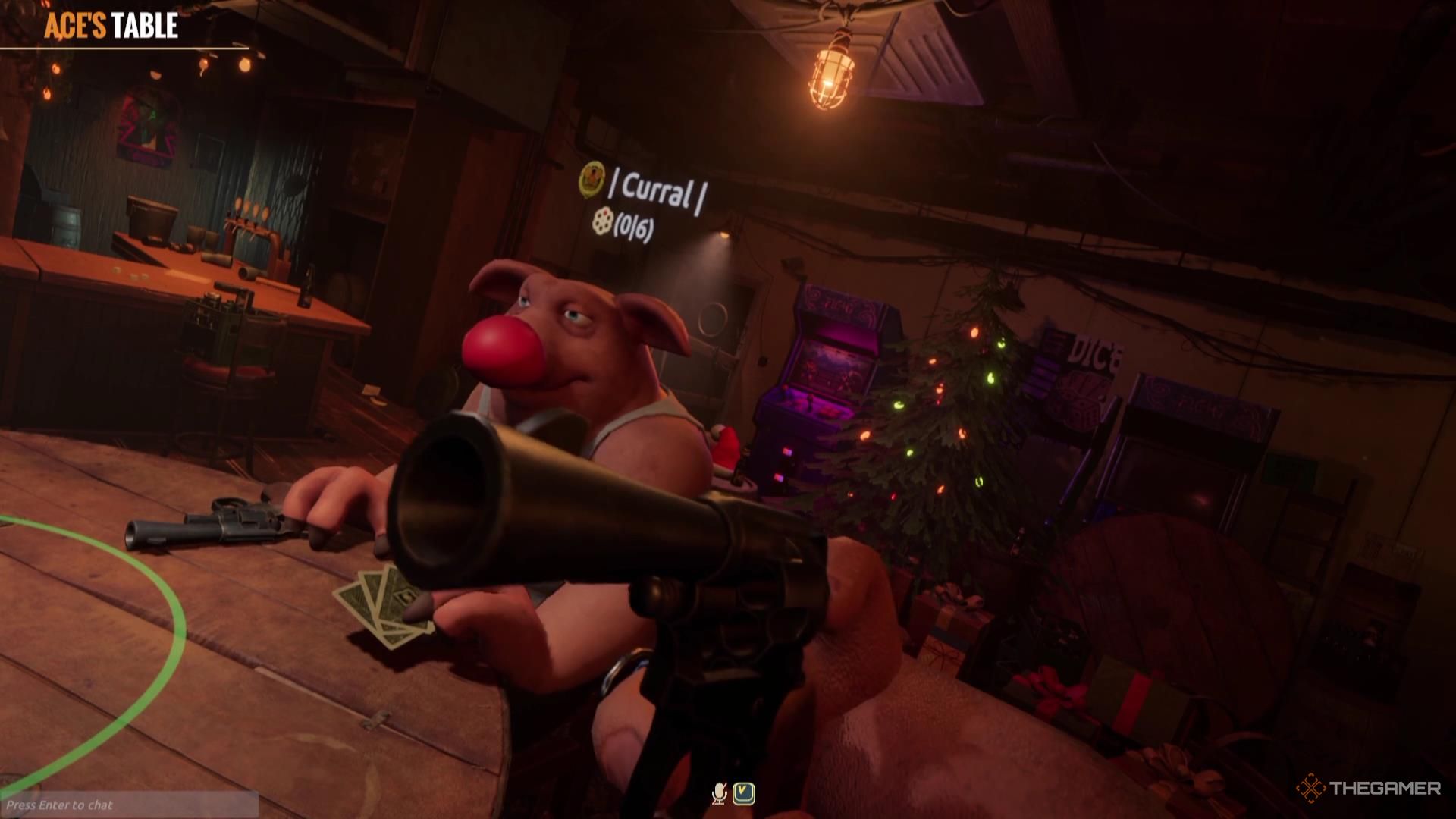
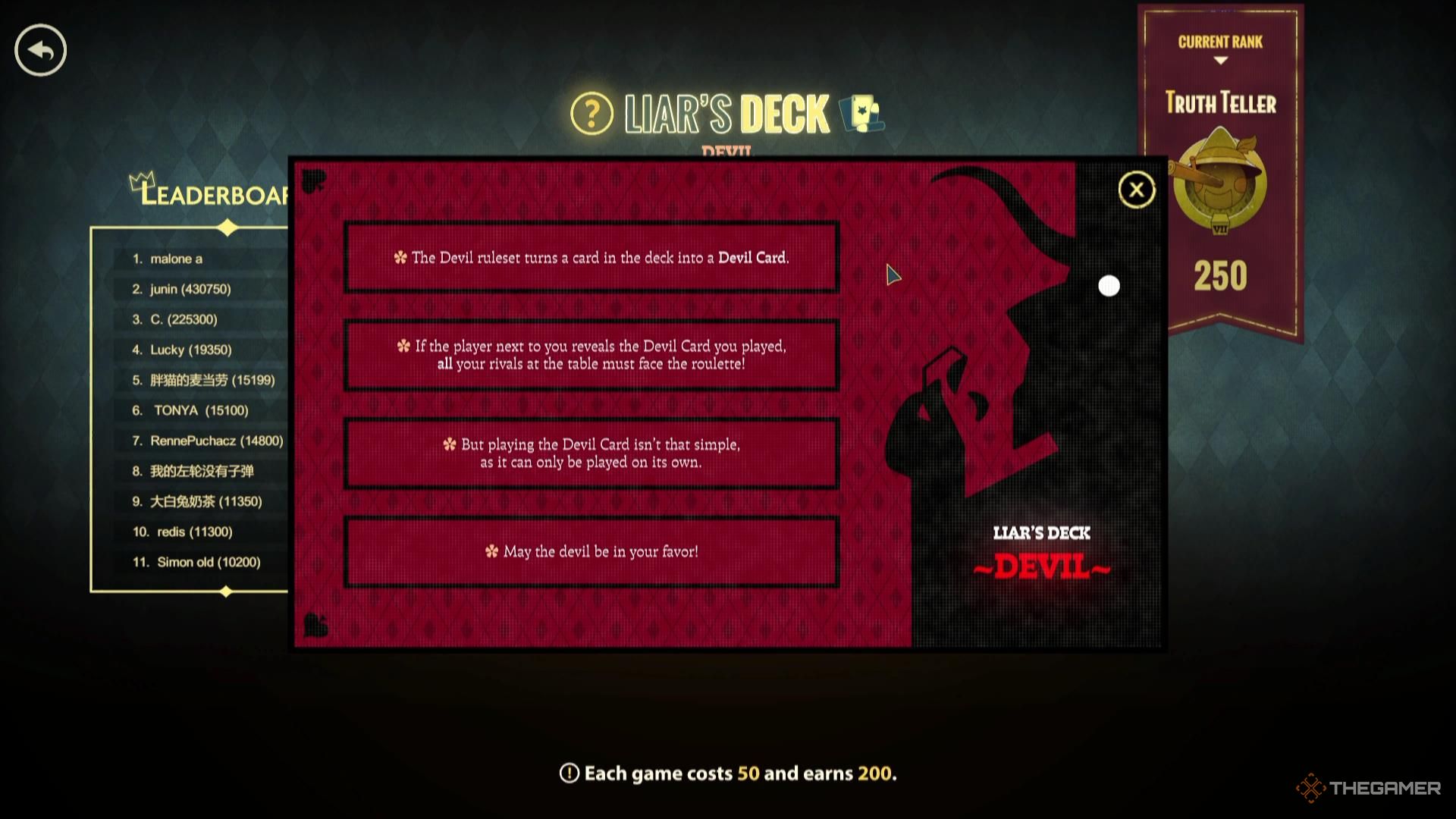

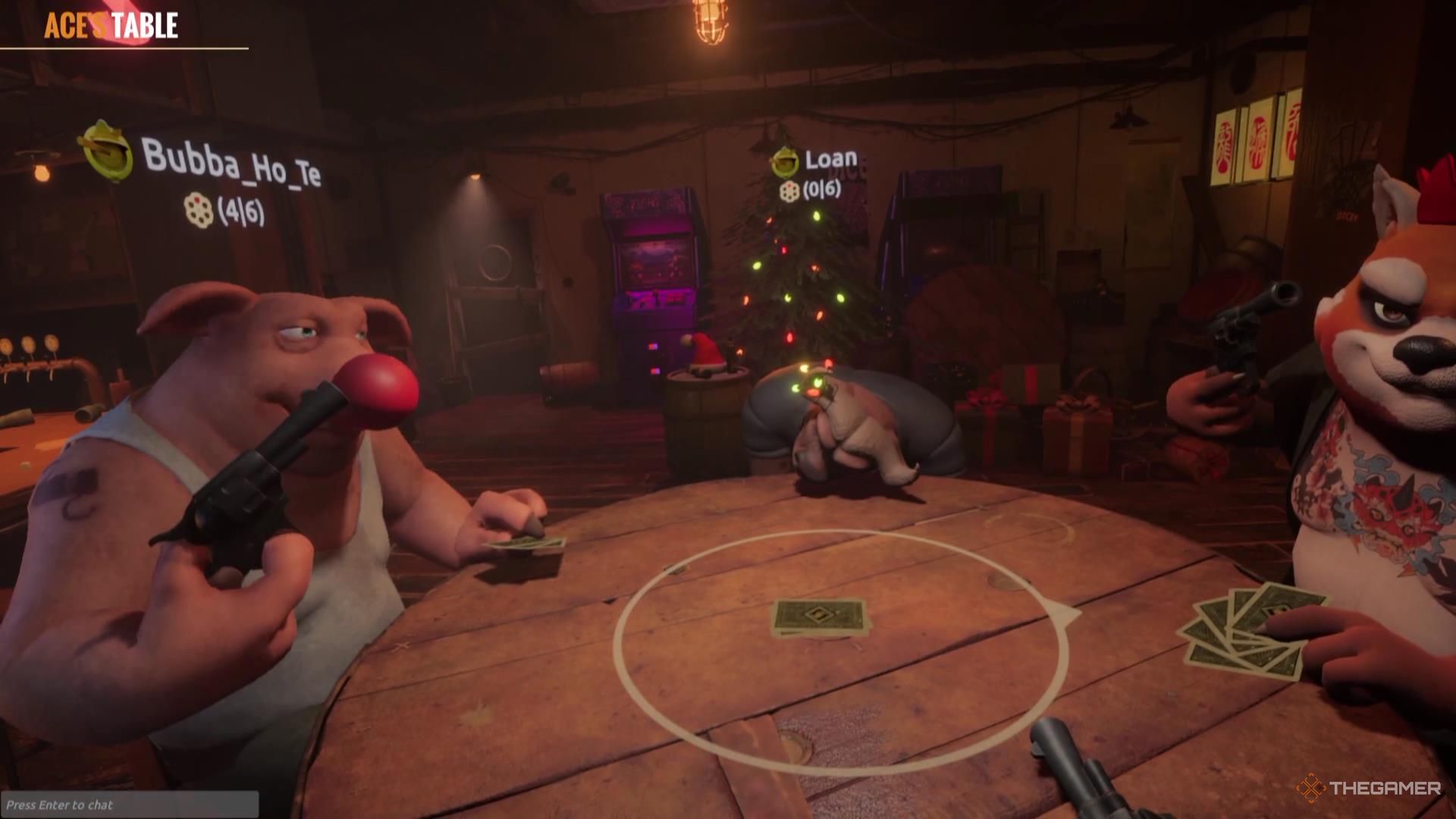
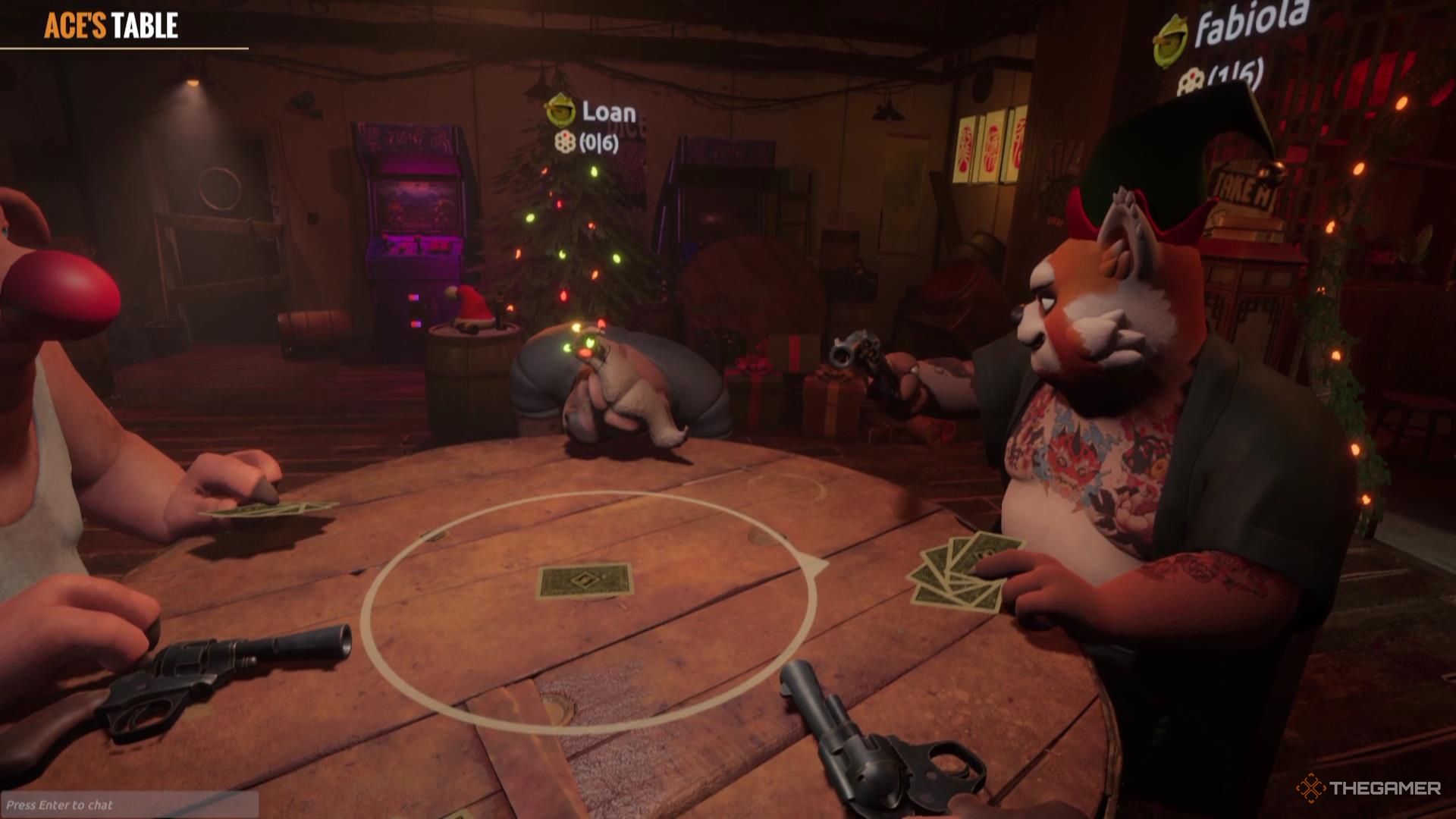




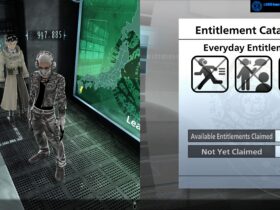

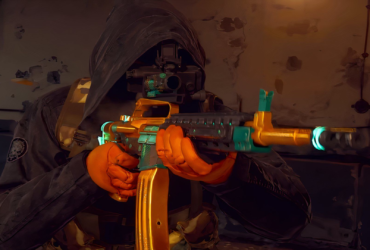




Leave a Reply